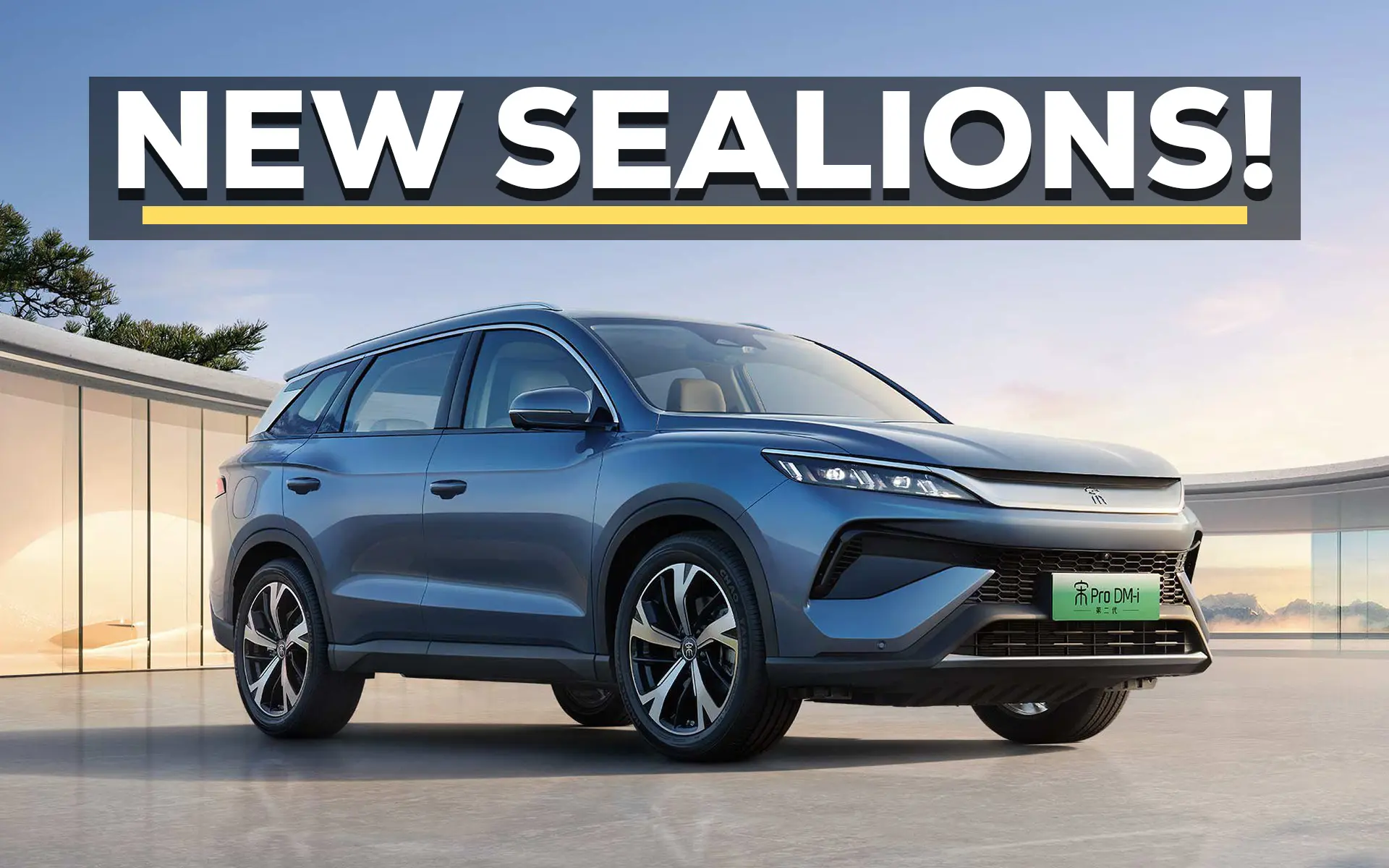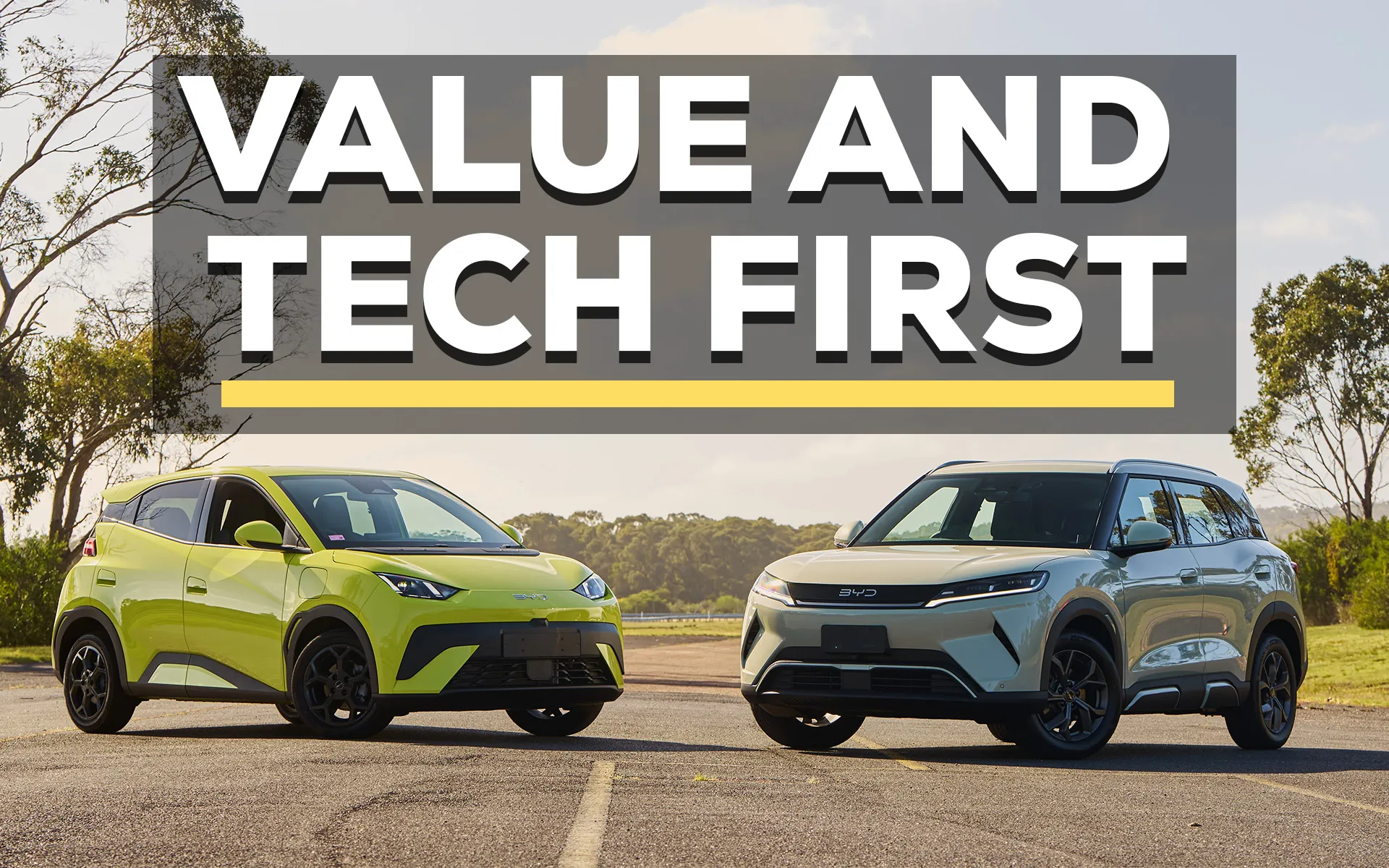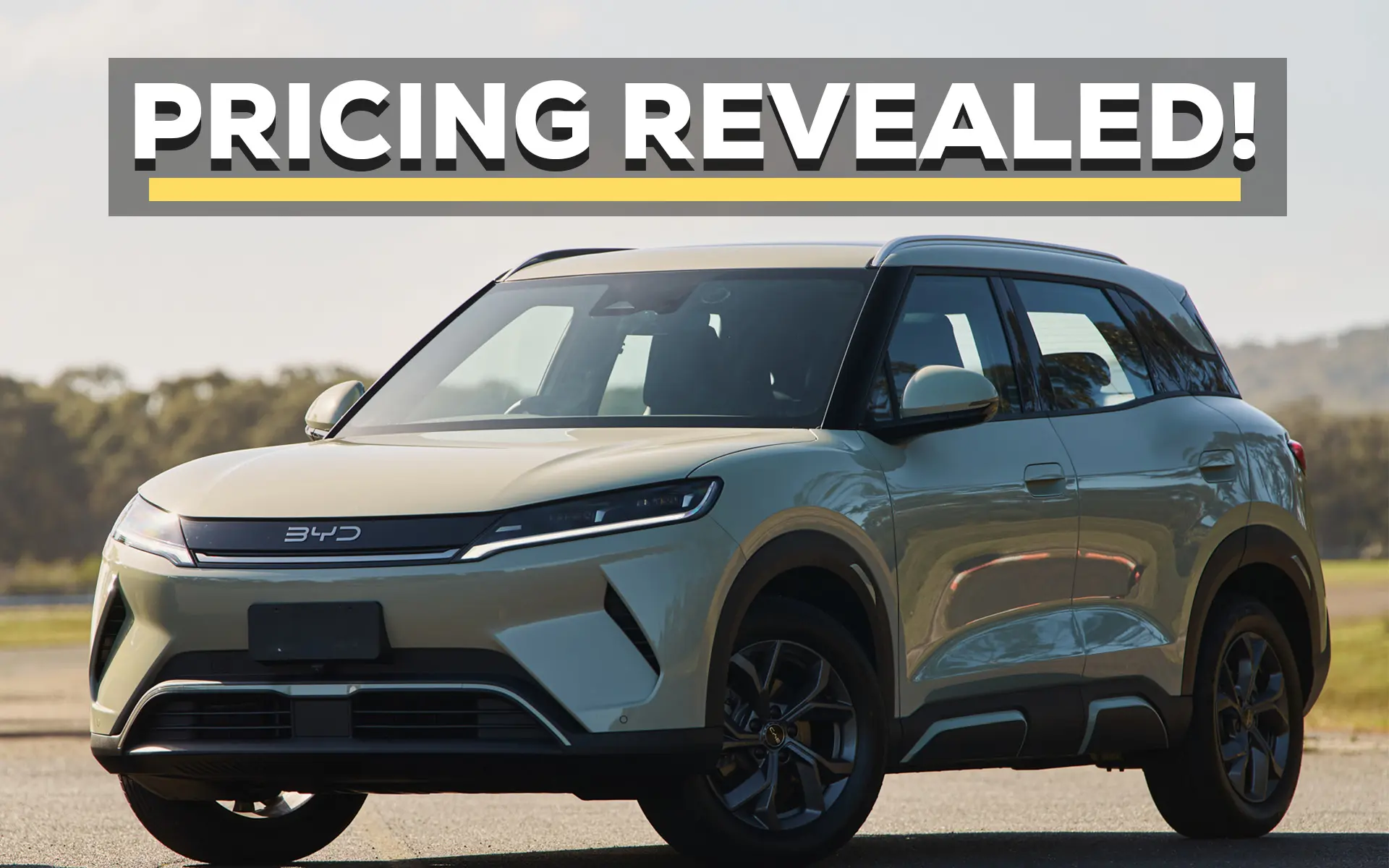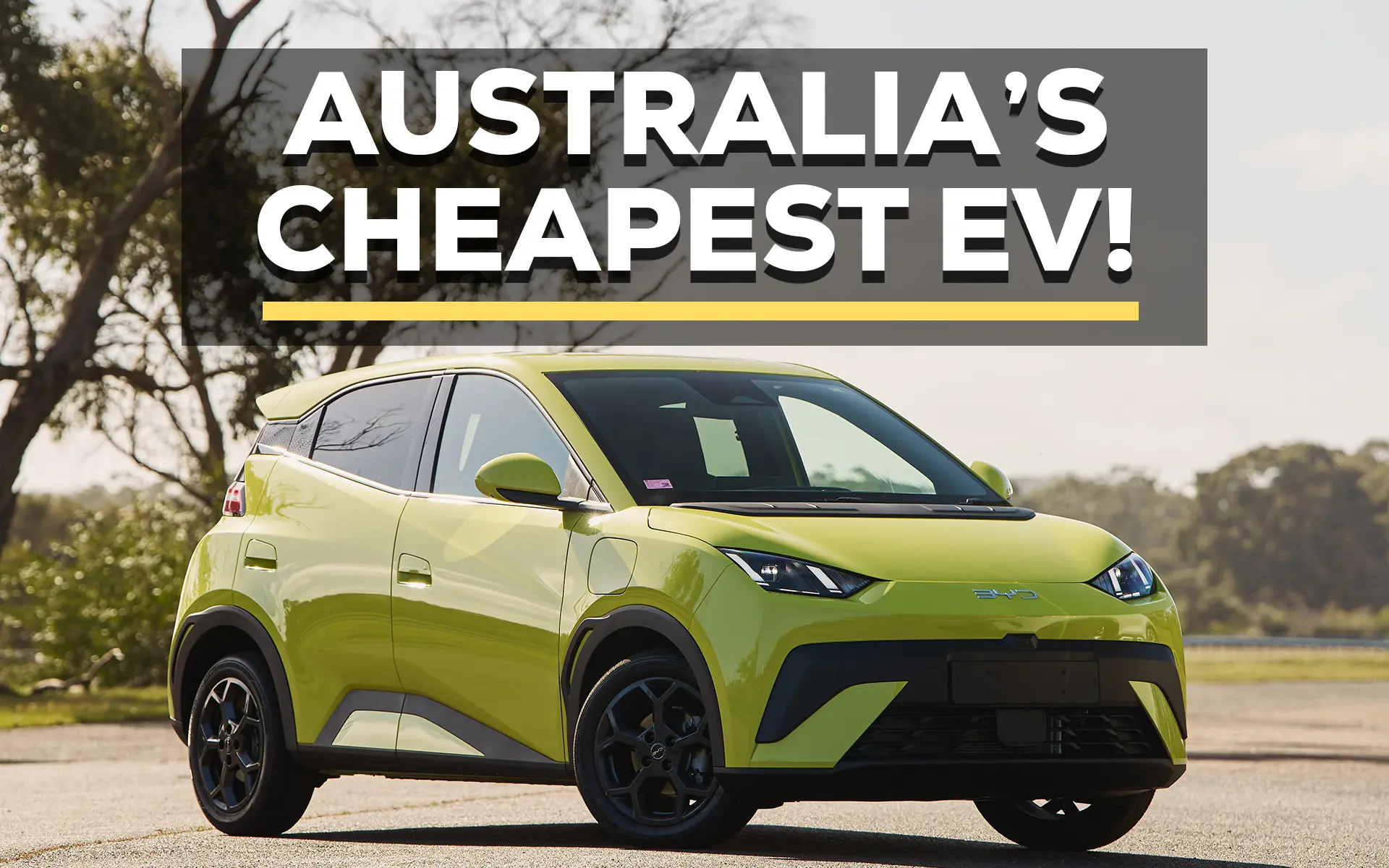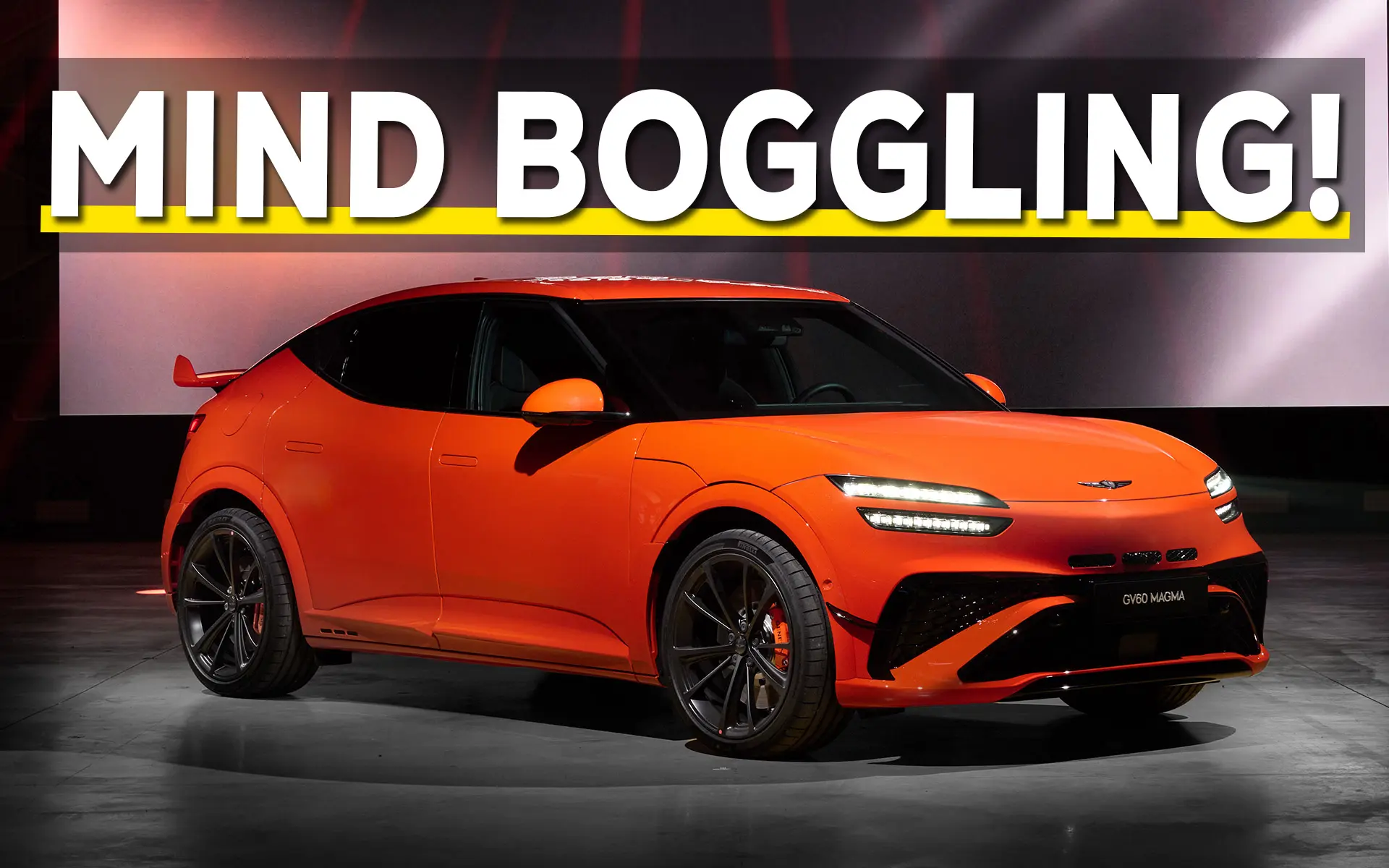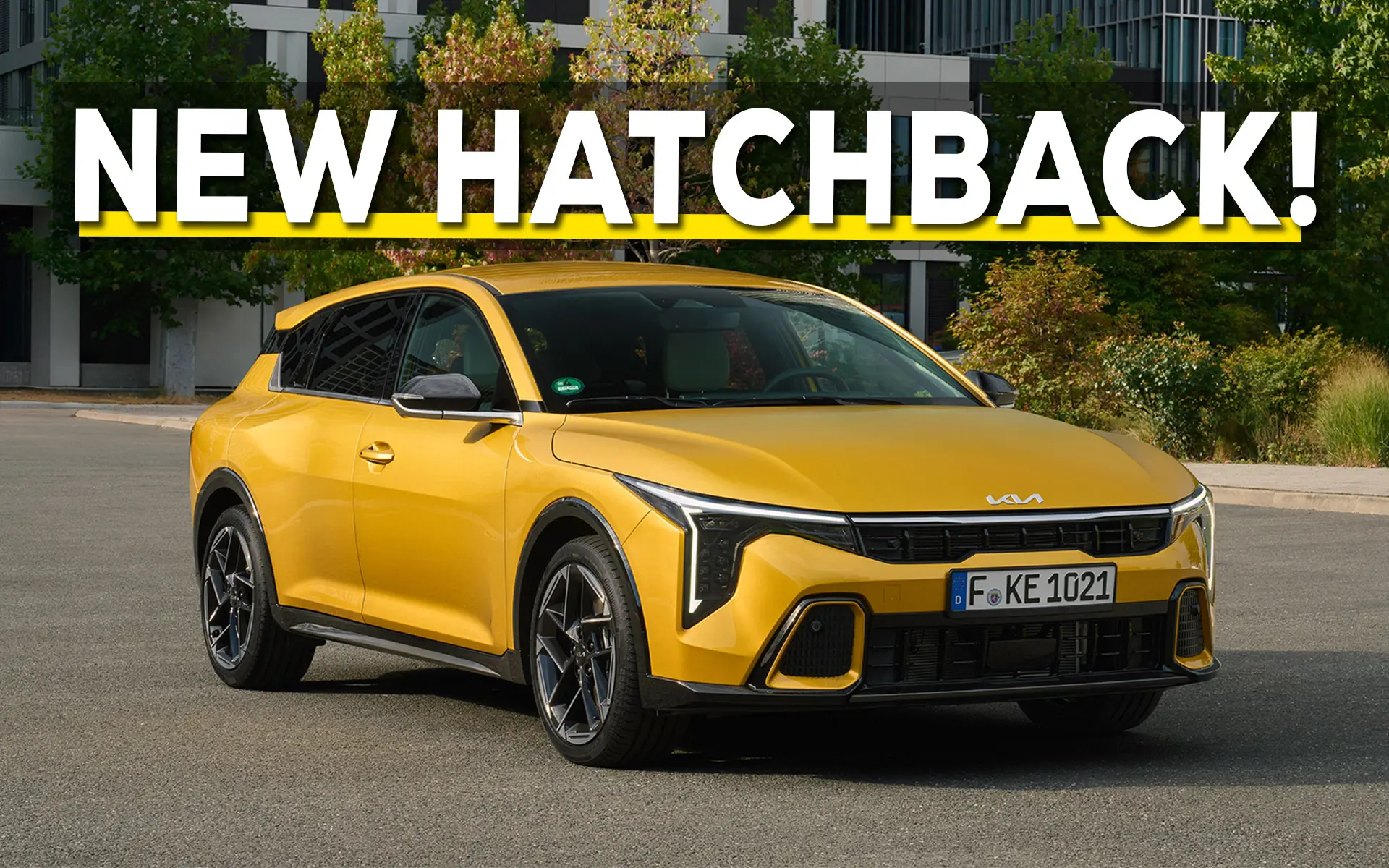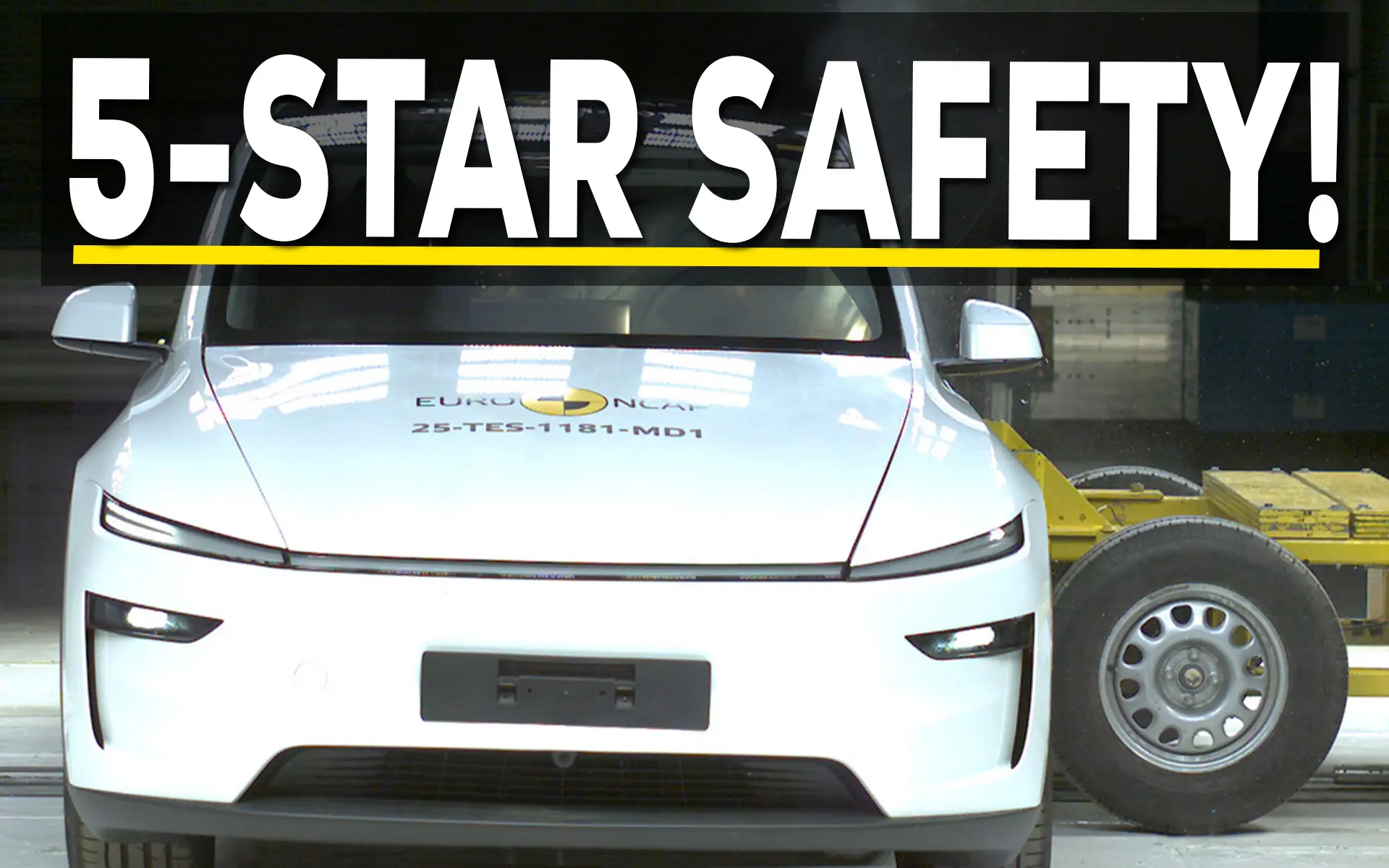The BYD Sealion range is set to expand with the mid-size Sealion 5 plug-in hybrid SUV arriving in Australia in early 2026, alongside the large, seven-seat Sealion 8 PHEV SUV which was confirmed a local release earlier this year.
While final details in full are yet to be officially confirmed, here’s everything we know so far about BYD’s latest Sealion SUV models.
Where do the 2026 BYD Sealion 5 and Sealion 8 Fit in the Market?
The 2026 BYD Sealion 5 and Sealion 8 models, which are set to be introduced in Australia, are already on sale in China, badged as the Song Pro and Tang L, respectively.
Slotting in below the Sealion 6 when it lands in Australia, the Sealion 5 measures slightly smaller than its stablemate at 4,735mm long, 1,860mm wide and 1,710mm tall with a wheelbase of 2,712mm. However, both vehicles are classed as mid-size SUVs.
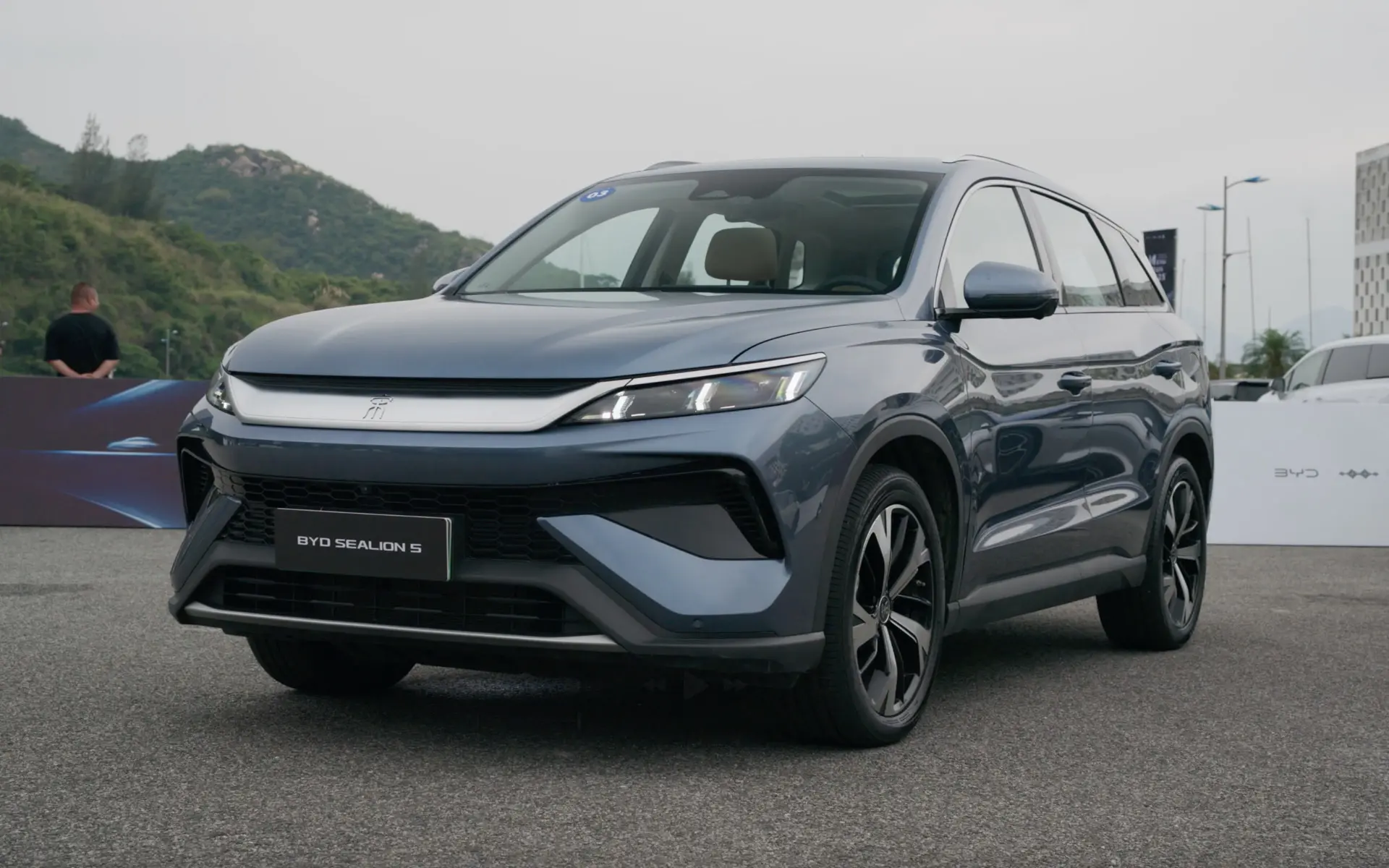
Like the Sealion 6, the Sealion 5 is expected to compete against other affordable plug-in hybrid SUVs, such as the Chery Tiggo 7 Super Hybrid, the recently launched Geely Starray EM-i, and the GWM Haval H6 PHEV.
.webp)
As for the Sealion 8 seven-seat SUV, it will be the largest SUV offering in BYD’s lineup when it lands in Australia, measuring at 5,040mm in length, 1,996mm in width, 1,970mm tall and with a wheelbase of 2,950mm.
In the Australian market, it will compete against other seven-seat plug-in hybrid SUVs such as the Mitsubishi Outlander and Mazda CX-80 PHEV models.
What powertrains will the 2026 BYD Sealion 5 and Sealion 8 have?
Both the BYD Sealion 5 and Sealion 8 will feature plug-in hybrid powertrains when they land on Australian shores.
While Australian specifications are yet to be officially confirmed for the BYD Sealion 5, its home market equivalent, the Song Pro, is powered by a 1.5-litre petrol engine – producing 74kW and 126Nm – paired with a 120kW and 210Nm electric motor, with a choice of either a 12.9kWh or an 18.3kWh LFP battery.
This is good for a 0-100km/h time of between 8.3 seconds with the standard battery and 8.5 seconds with the larger battery.
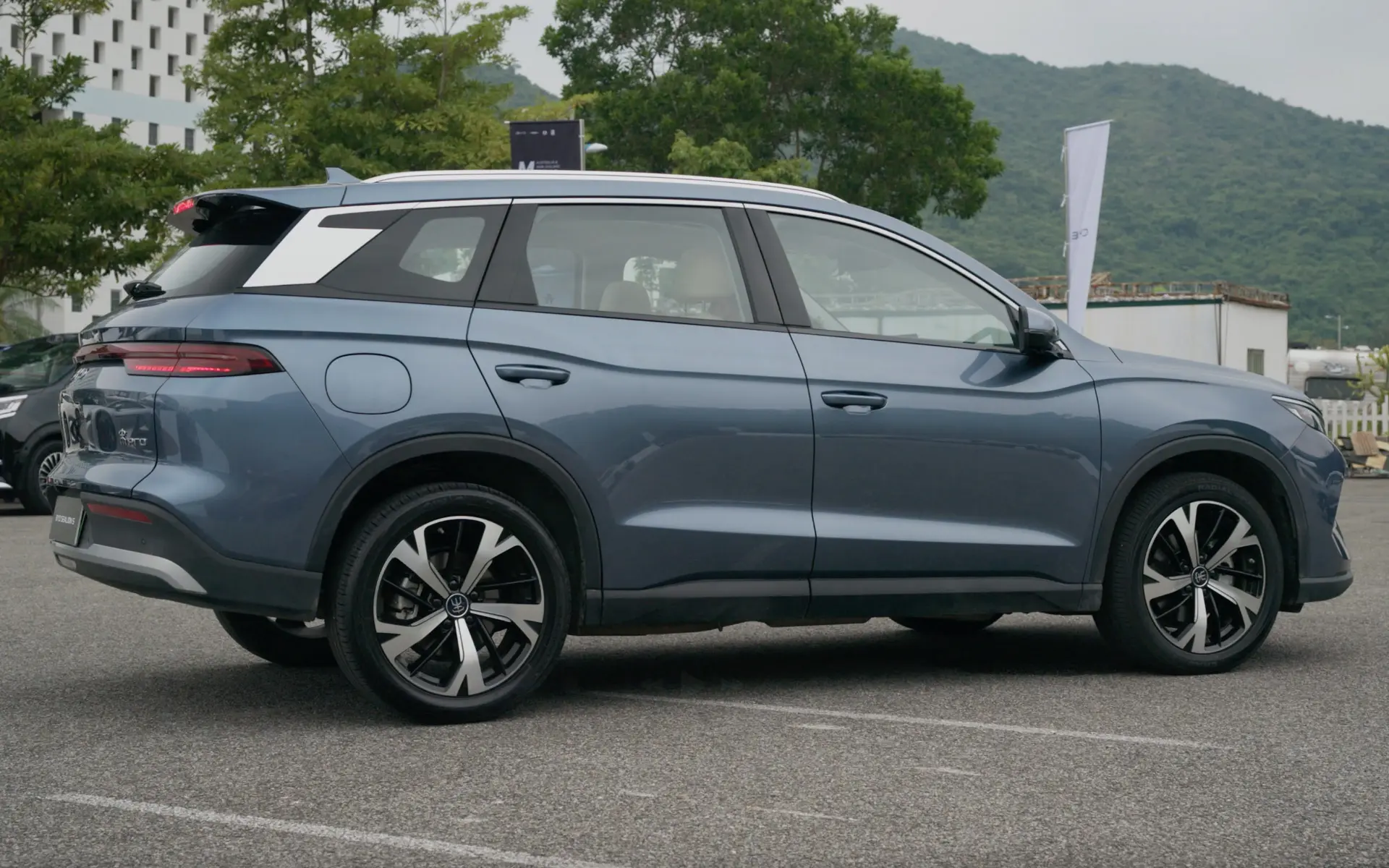
NEDC fuel consumption is a claimed 3.79 litres per 100km in both versions of the Song Pro (Sealion 5), and it has a pure-electric range of 75km on the CLTC cycle with the standard battery or 115km with the larger battery.
The Sealion 8, also known as the Tang L, is sold as either an EV or a plug-in hybrid in China, although it is understood that only the PHEV version in two specifications will be available from launch: The DM-i (Intelligence) and DM-P (Performance).
Both Sealion 8 PHEVs feature a turbocharged 1.5-litre petrol engine, with an output of 110kW and 220Nm.
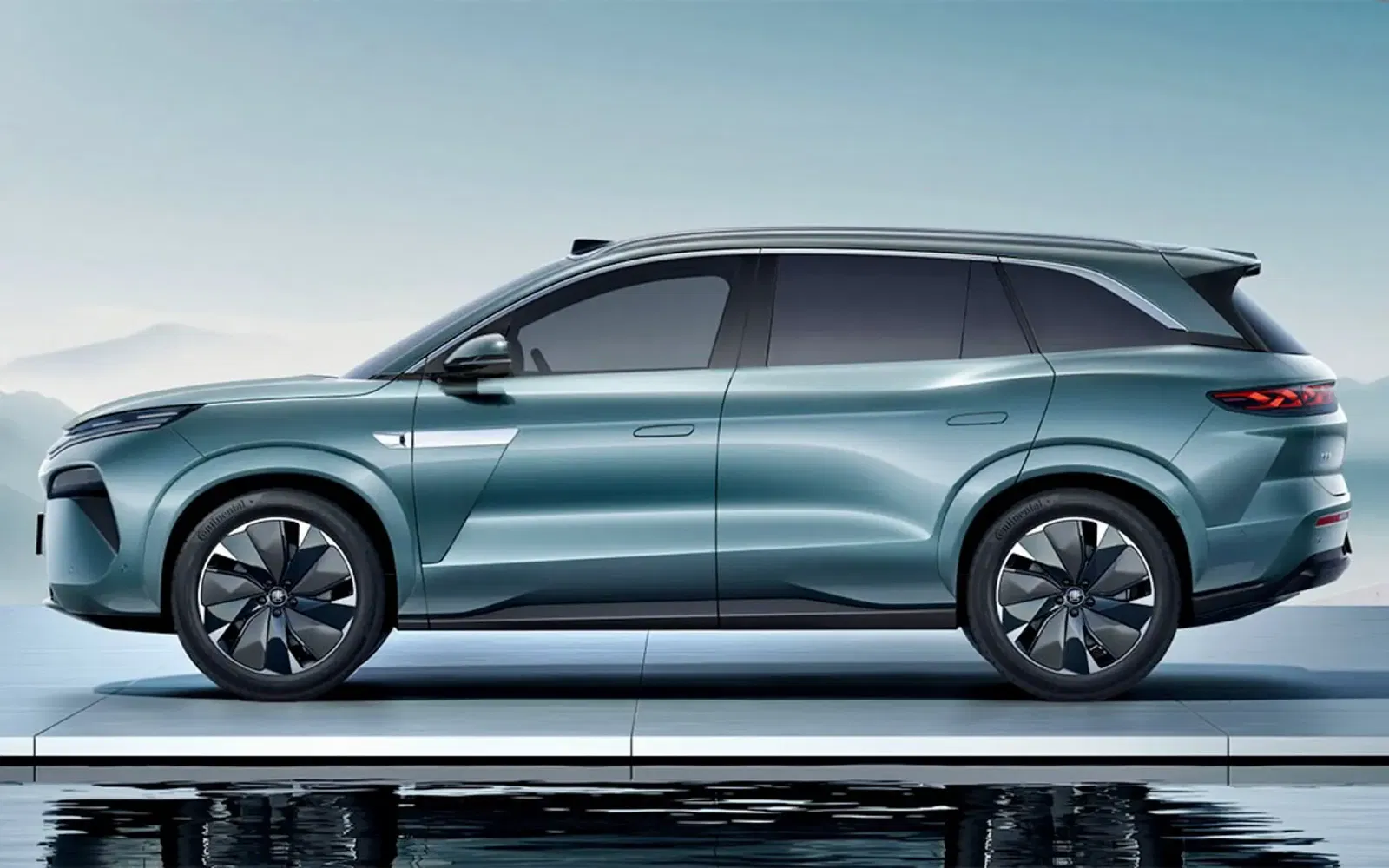
The DM-i version pairs the internal combustion engine with a front electric motor, producing 200kW and 315Nm, good for a 0-100km/h time of 8.6 seconds.
A second electric motor, making 141kW and 360Nm, is added to the rear axle for the dual-motor DM-P specification, achieving 0-100km/h in 4.9 seconds.
Electricity is sourced from a 19kWh or 35.6kWh blade battery in the DM-i and DM-P specifications, respectively. Australian fuel economy and electric range figures are yet to be officially confirmed by BYD.
How much will the 2026 BYD Sealion 5 and Sealion 8 cost in Australia?
In China, prices for the Sealion 5 – known as the Song Pro in its home market – range from ¥112,800 (around $23,987 as of October 2025) for the entry-level 12.9kWh variant and ¥142,800 (around $30,400) for the range-topping 18.3kWh model.
Meanwhile, the Sealion 8 – or Tang L – starts at ¥229,800 (around $49,000) in China, rising to ¥285,800 (around $61,000) for the range-topping variant.
While Australian prices are yet to be confirmed, it is expected that prices for the Sealion 5 will start below $40,000.
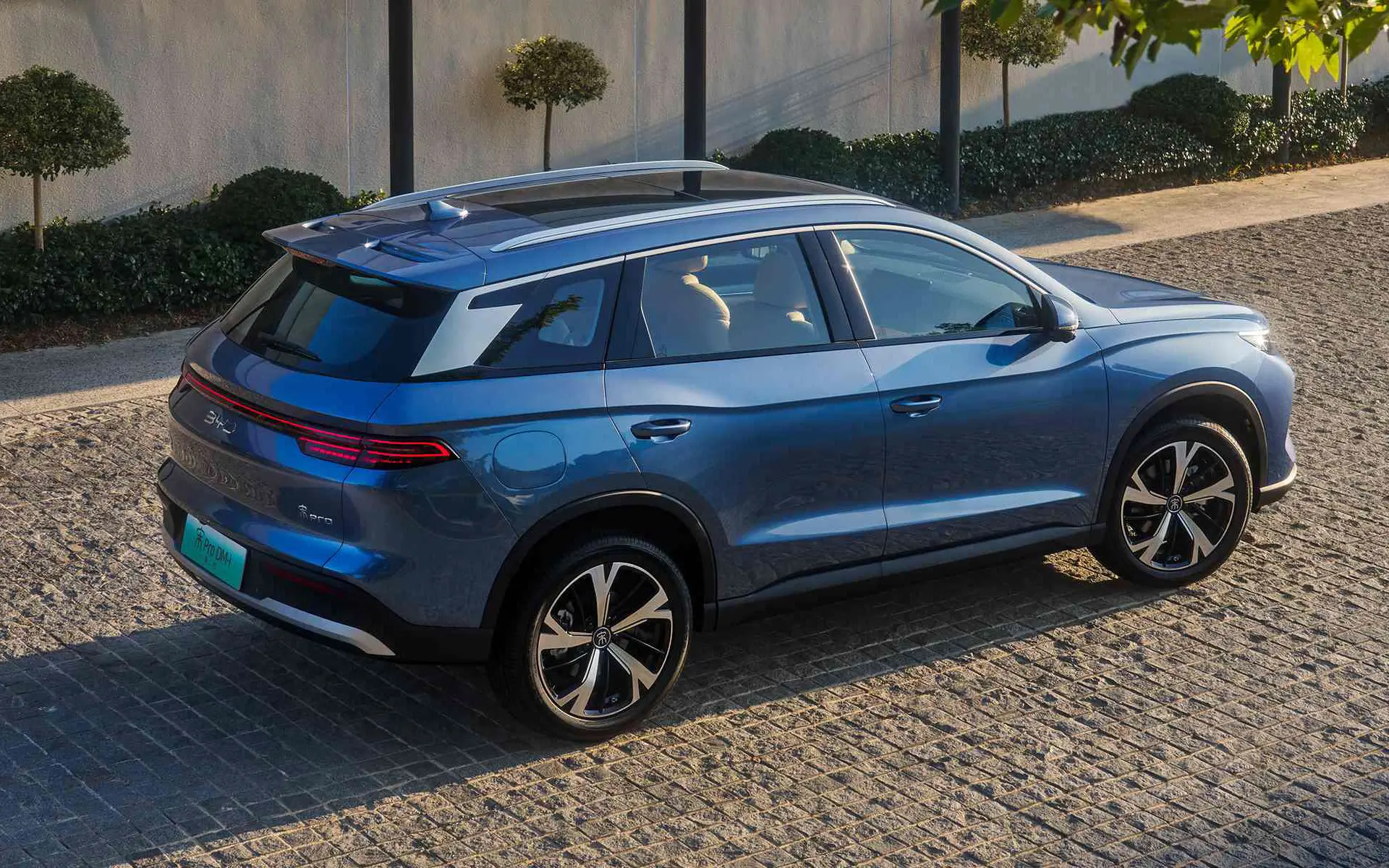
The Sealion 5 could be BYD’s opportunity to retake the title of Australia’s cheapest PHEV, lost by the Sealion 6 earlier this year to the Chery Tiggo 7 Super Hybrid.
As for the BYD Sealion 8, in order to be competitive against its seven-seat PHEV rivals, such as the Mitsubishi Outlander and Mazda CX-80 plug-in hybrid variants, prices will need to start roughly between $69,000 and $75,000, likely dipping lower to firmly present itself as a more affordable option.
The cheapest seven-seat Outlander PHEV variant is priced at $69,290 before on-road costs, while the more premium CX-80 PHEV starts at $75,250 before on-roads for the P50e Touring.
Australian pricing for either model is yet to be officially confirmed by BYD, and is expected closer to their official launch.
FAQ
When are the 2026 BYD Sealion 5 and Sealion 8 coming to Australia?
The BYD Sealion 5 and Sealion 8 are coming to Australia in early 2026.
How much will the 2026 BYD Sealion 5 and Sealion 8 cost?
Australian prices for both the 2026 BYD Sealion 5 and Sealion 8 are yet to be officially confirmed. However, the BYD Sealion 5 is expected to start at less than $40,000 while the Sealion 8 could be priced between $69,000 and $75,000.
What kind of engine does the 2026 2026 BYD Sealion 5 and Sealion 8 have?
Both the 2026 BYD Sealion 5 and Sealion 8 have plug-in hybrid powertrains.
Sign up to our newsletter
Be the first to know when we drop new car reviews.
.avif)

